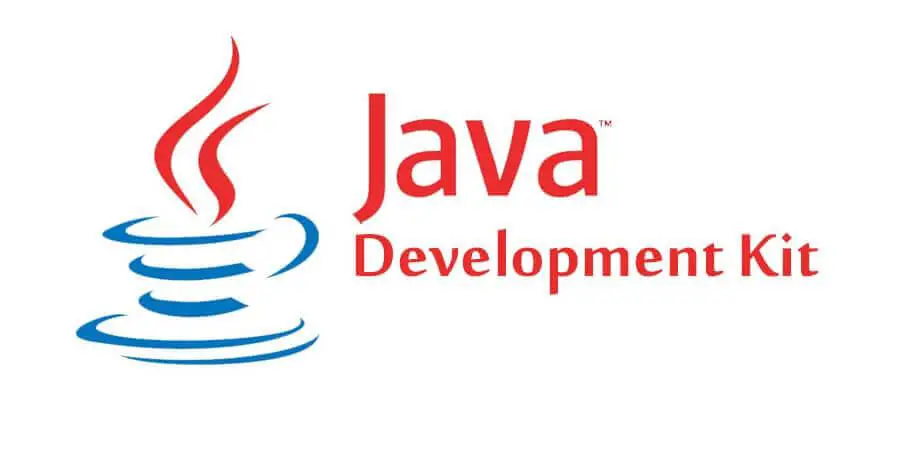
Java 8’s new Collector interface Click to Read Tutorial explaining basics of Java 8 Collectors and its multiple predefined implementations provide an efficient way to terminate the Stream operations and collect the result in a collection.The Stream API is integrated into the Collections API.

Read Java 8 Streams API tutorial to support functional-style operations on streams of elements. New package provides a new Streams API.Repeating Annotations Read tutorial on Java 8 Repeating Annotations provide the ability to apply the same annotation type more than once to the same declaration or type use.The 4 most important functional interface among them are – Predicate Click to Read tutorial on Predicate Functional Interface, Consumer Click to read tutorial on Consumer Functional Interface, Function Click to read tutorial on Function Interface and Supplier Click to read tutorial on Supplier Functional Interface. Java 8’s new package Click to Read overview of package provides many useful functional interfaces for the most common scenarios.With default methods in Java 8, multiple inheritance of behavior Click to Read tutorial explaining multiple inheritance in Java 8 is now possible in Java, and it is important to understand the conflict resolution rules Click to Read tutorial on multiple inheritance conflict resolution which resolve Diamond Problem and other conflict scenarios.
#Java 8 code#
Default methods Read tutorial on Java 8 Default Methods enable new functionality to be added to the interfaces of libraries and ensure binary compatibility with code written for older versions of those interfaces.Constructor References Read Java 8 Constructor References Tutorial are the equivalent forms of representation for constructors. Method references Read tutorial on Java 8 Method References provide easy-to-read lambda expressions for methods that already have a name.Lambda expressions let you express instances of single-method interfaces (referred to as Functional Interfaces Click to Read tutorial on Java 8 Functional Interfaces) more compactly. Lambda Expressions Read tutorial on Java 8 Lambda Expressions enable you to treat functionality as a method argument, or code as data.This article gives an overview of the new features in Java 8 with links to in-depth tutorials for the most important of them. Java 8’s new features such as Lambda Expressions, Stream APIs, Nashorn, Compact Profiles, new Time APIs increase the expressive power of the platform and make it easier for developers to take advantage of modern, multicore processors. Oracle offers subscriptions for support.Java 8 or JDK 1.8 is the most significant expansion of the Java language yet. JDK 17, due in September 2021, would be the next LTS release. JDK 14, featuring capabilities such as switch expressions and a foreign-memory access API, is due to arrive March 17. Oracle’s JDK releases are now on a six-month release cadence. JDK 11 is due to receive Extended support until at least September 2026, with an extension to that date possible. JDK 8 and JDK 11 have been designated as long-term support (LTS) releases, which Oracle backs with several years of support, while JDK 9, JDK 10, JDK 12, and the upcoming JDK 14 release are feature releases that are supported for six months.

A quarter were using Java 11. The report was based on 2,000 responses from a survey taken in the latter half of 2019.


Backing Saab’s assessment, the Snyk JVM Ecosystem 2020 report, published last month, reports that 64 percent of Java users polled are using Java SE (Standard Edition) 8 for their main application in production, while 3 percent reported using an even earlier version. Saab cited anecdotal evidence in his assessment of Java 8’s continued prominence. Extended-level support for Java 8 was supposed to end in 2025, but customers sought an extension. įor that reason, Oracle recently agreed to offer fee-based Extended-level support for Java 8, featuring additional maintenance and upgrades, until December 2030.
#Java 8 software#
While 30 percent to 40 percent of Java users are believed to now be using Java 11 or later in production, even more users are probably running Java 8, said Georges Saab, vice president of software development in the Java platform group at Oracle. Nevertheless, Java 8 - aka Java Development Kit (JDK) 8 - is likely the most-used version of Java today, an Oracle official acknowledged on March 12. Java 8 was released six years ago this month and has been succeeded by several other Java versions.


 0 kommentar(er)
0 kommentar(er)
